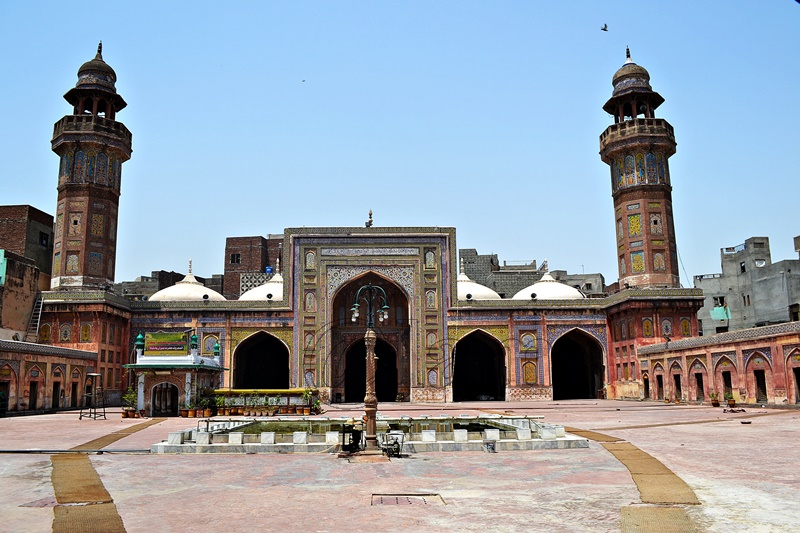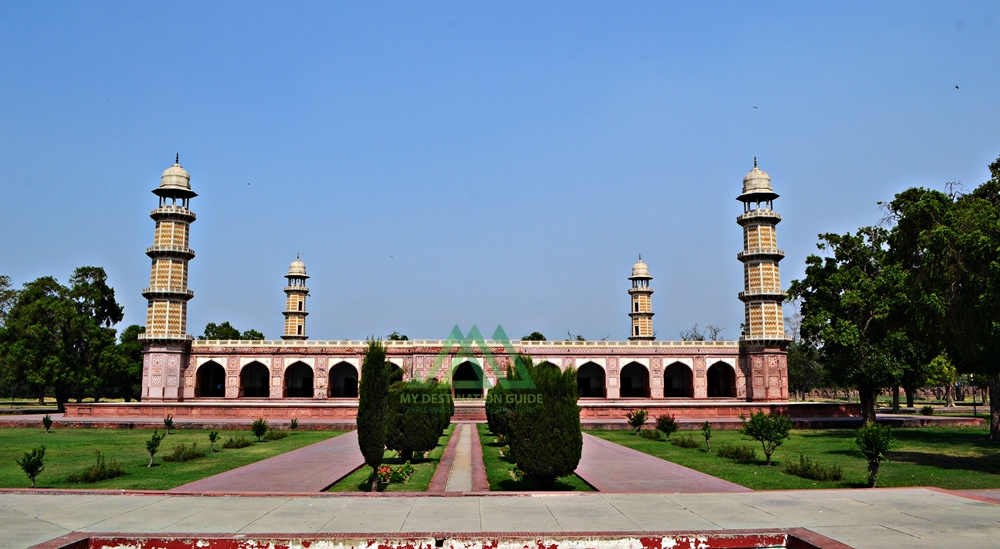Noor Jahan’s Tomb: A Glimpse into Mughal History
Empress Noor Jahan’s Tomb, a historical gem nestled within the serene Shahdra Bagh in Lahore. It holds tales of love, power, and architectural brilliance. This tale will certainly take you on a journey through time, exploring the life of Empress Noor Jahan (Nur Jahan) and the captivating details of her final resting place.
Discovering Empress Noor Jahan
Born as Maher-un-Nisa, Empress Noor Jahan earned her name, which means “light of the world.” She was the daughter of Mirza Gayas Baig, a noble from Iran. Noor Jahan became the beloved queen of Mughal Emperor Jahangir from 1569 to 1627. Her reign was undoubtedly marked by immense power and influence, making her the most powerful empress in Mughal history. Notably, she is the only empress whose name graced the coinage of her era.
In 1645, Empress Noor Jahan passed away at the age of 72, outliving Jahangir by 18 years. Her final resting place, Empress Noor Jahan’s Tomb, was constructed during her lifetime.
The Architectural Marvel
Empress Noor Jahan’s Tomb is undoubtedly an architectural marvel, reflecting the grandeur of the Mughal era. It sits atop an elevated podium, designed in the takhtgah (throne) style. The square mausoleum spans 158 square feet, with each side measuring 124 feet and rising to a height of 19.6 feet. While minarets once adorned the corners of the mausoleum, they are regrettably absent today.
Exterior Beauty
The exterior of the tomb certainly is a testament to Mughal craftsmanship. It is constructed from red sandstone with a flat roof, adorned with white marble grillwork, reminiscent of Jahangir’s tomb. Each side boasts seven vaulted arches, adorned with marble and intricate flower mosaics in semi-precious stone. Moreover, marble covers the inner floor, while the outer platform is crafted from sandstone. Furthermore, the red sandstone showcases inlaid floral motifs, enhanced by white, black, and yellow marble. The central arch on each side stands out, flanked by six vaulted arches, all featuring exquisite paneling and honeycomb-shaped cornices.
Inner Sanctum
The heart of the tomb is the central vaulted chamber, housing a marble platform with two cenotaphs. One is dedicated to Nur Jahan, while the other honors her daughter, Ladli Begum. Hakim Ajmal Khan of Delhi constructed these cenotaphs in 1912. The original marble sarcophagus is a masterpiece, adorned with intricate craftsmanship and the name of Allah, mirroring the style of Jahangir and Asif Khan’s tombs. An epitaph on Nur Jahan’s tomb reads: “On the grave of this poor stranger, let there be neither lamp nor rose. Let neither butterfly’s wing burn nor nightingale sing.” The original tombs are located below and can be accessed through a narrow entrance just outside the mausoleum. This dimly lit chamber features two small openings to allow sunlight, as Noor Jahan had a fear of darkness.
Enchanted Gardens
Empress Noor Jahan’s Tomb is surrounded by a Persian-style Chahar Bagh, though the original garden no longer exists. Historically, it boasted a vibrant array of tulips, roses, and jasmine. Today, a five-year renovation project is underway, aiming to restore the garden to its former glory.
Empress Noor Jahan’s Tomb stands as a testament to the rich history and architectural splendor of the Mughal era. This article has unveiled the life and legacy of Empress Noor Jahan, as well as the captivating details of her final resting place, inviting you to explore this remarkable piece of history.










